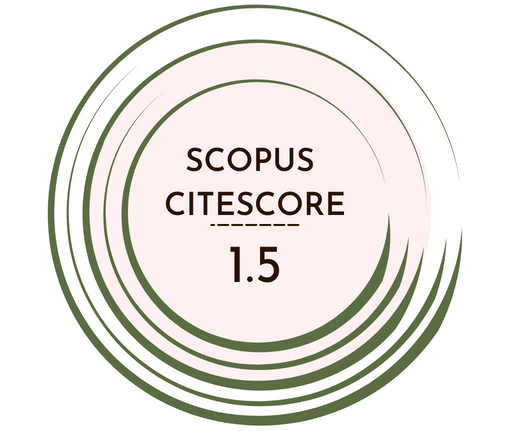Simultaneous localization and mapping (SLAM) is the process of building a consistent map of the environment an autonomous mobile robot travels while simultaneously determining its position on the map when it is placed in an unknown location in an unknown environment. SLAM is used in technologies such as autonomous vehicle systems, post-disaster recovery, and life detection, mine or dent map extraction. SLAM aims to improve today's autonomous robot technology and build a near-perfect autonomous robot technology in the future. With this thought, researchers' interest in the SLAM problem and studies on it have continued increasingly. In this way, SLAM gives results closer to reality. One of the most important criteria of an autonomous robot is its ability to perceive its environment. Sensors placed on the robot transform environmental conditions information into signals suitable for processing by the robot. Proper sensor selection is very important as it affects the quality and quantity of environmental condition information presented to the robot. The study aims to determine the sensor technologies used in SLAM and their contribution to the solution of the SLAM problem. In this study, data were acquired in a specific environment using a single sensor.
Cite this article as: N. Y. Tombal and T. V. Mumcu, "A comparison of ultrasonic and laser sensor-based SLAM algorithms applied to car-like vehicles," Electrica, 24(1), 228-237, 2024.


.png)


